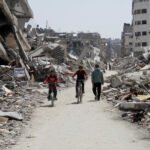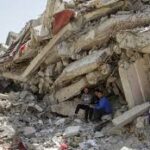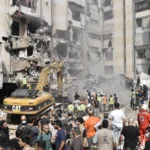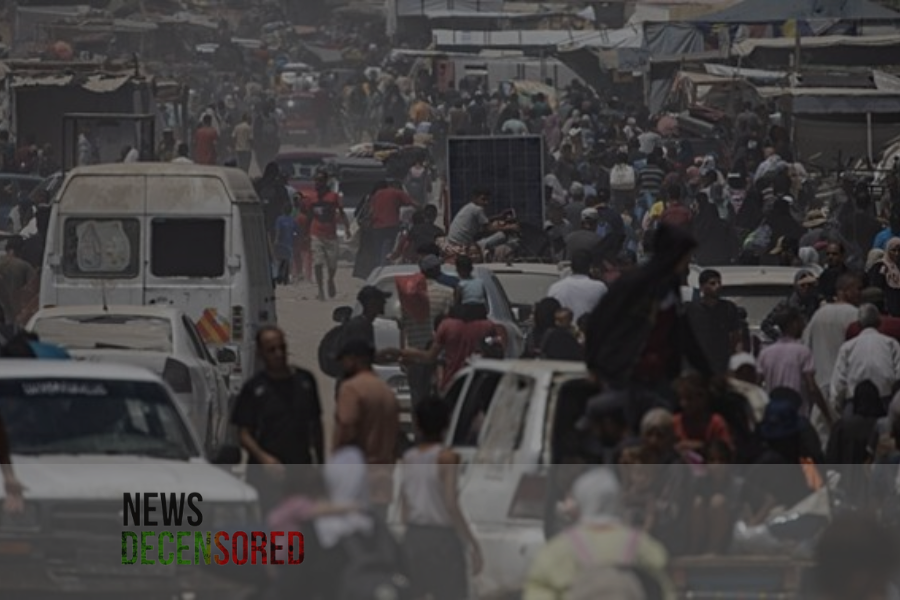According to the UN, on 22 July 2024, an estimated 150,000 persons fled from parts of Khan Younis in Gaza following an Israeli order for the evacuation of the area. Military activity and bombardment were increasing in the area, prompting mass displacement in inhumane conditions. According to the UN Office for Coordination of Humanitarian Affairs, the evacuation order left hundreds scrambling for safety in overcrowded and under-resourced areas with very little notice.
The situation in Khan Younis is just a part of a more significant Gaza crisis, in which more than 1.9 million people have been displaced undoubtedly for years. Most people spreading out from Khan Younis to other places in search of safety had already been internally displaced. They were taking shelter in improvised beaches or centrally located shelters in Gaza, now absorbing extraordinary numbers of people brought with no infrastructure, not even water and toilet facilities.
This exit from Khan Younis comes at the backdrop of the general destructions that are experienced all over the Gaza strip, some of which have been branded as critical infrastructure. Sources stated that major concerns are still the restricted availability of safe drinking water, healthcare, and shelter as noted by UN and NGOs.
There have been repeated calls from the international community for the fighting to stop and for steps to be bolstered in terms of humanitarian aid to alleviate civilian suffering in the line of war.
On the whole, the evacuees from Khan Younis on 22 July added to the existing mind-boggling number of displaced people in Gaza, thus giving rise to a red alert in humanitarian assistance and resolution of this smoldering conflict.
Historically, the Gaza conflict is so deeply entrenched that it has dominated the Israeli-Palestinian struggle for years. The Gaza Strip is a very small area but heavily populated, and cycles of violence started recurring ever since the formation of the State of Israel in 1948 and the subsequent Arab-Israeli wars. One of the most prominent turnarounds in this case happened in the Six-Day War in 1967, when Israel captured Gaza from Egypt, along with other territories, hence escalating the conflict.
The conflict has continued with a carburized combustion of historical injuries: displacement, loss of life, and territorial disputes. Many times, efforts toward peace have reached a cul-de-sac with deep mistrust and unsettled questions. The recent violence has once again reiterated the fact that a sustainable solution urgently needs to be found that shall not only take care of the causes but also provide a pathway to enduring peace for both Israelis and Palestinians.















